Built under Emperor Claudius in the 1st century CE, the Aqua Claudia was one of Rome’s most impressive aqueducts, supplying water to the capital.
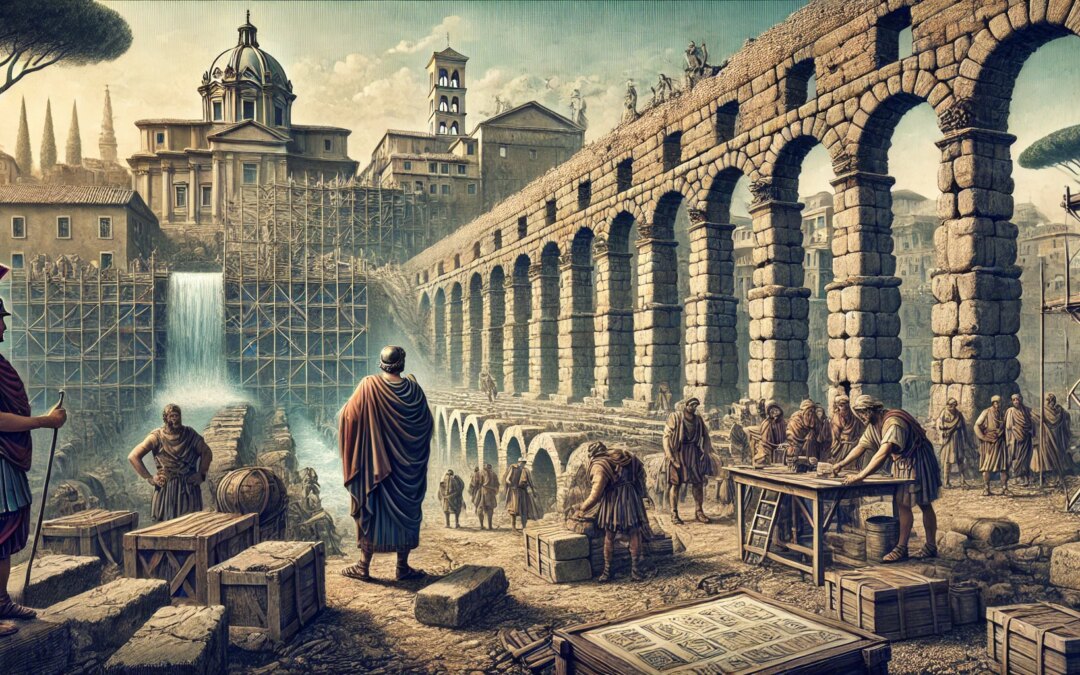

Built under Emperor Claudius in the 1st century CE, the Aqua Claudia was one of Rome’s most impressive aqueducts, supplying water to the capital.
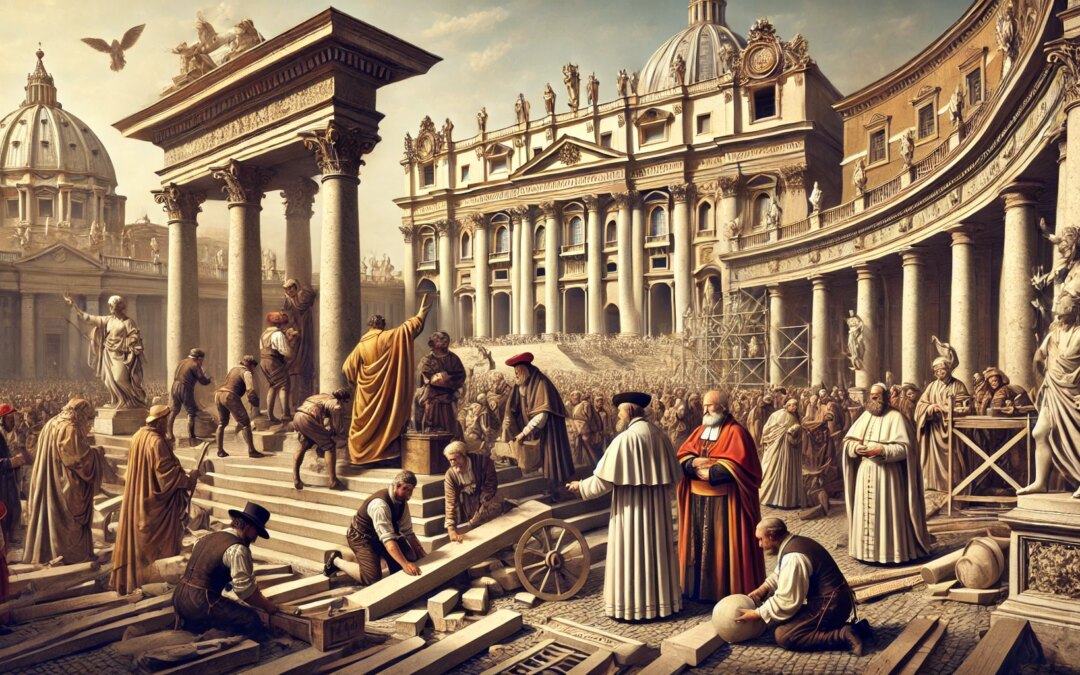
In the 17th century, Rome underwent a Baroque transformation, with Gian Lorenzo Bernini designing St. Peter’s Square, shaping the city’s grand new identity.
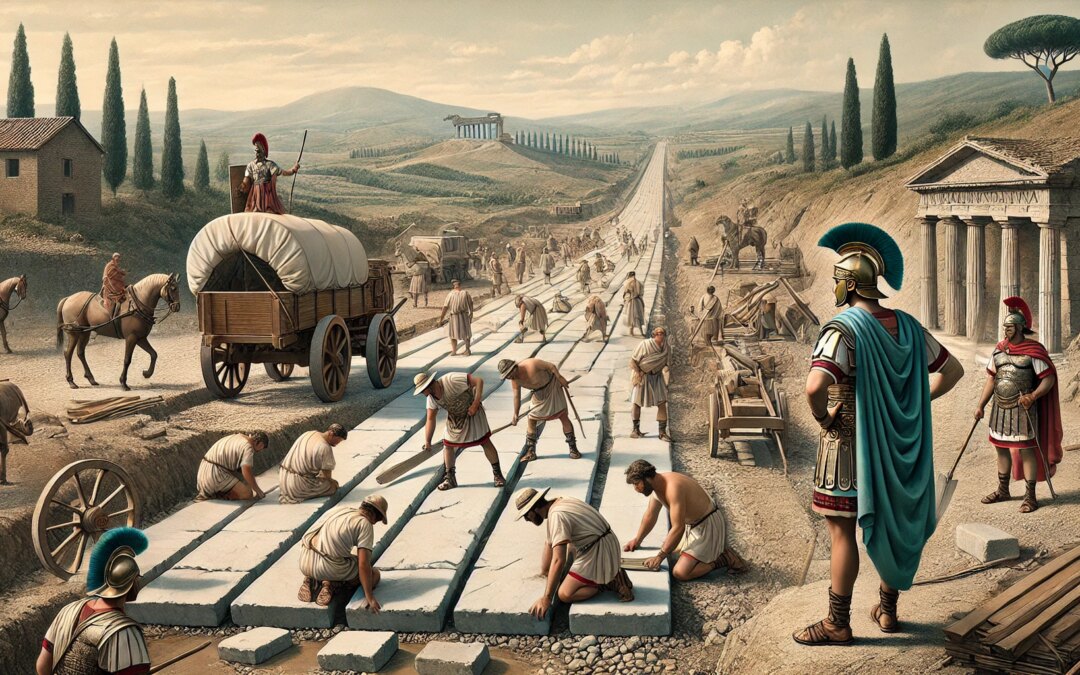
The Via Appia, built in 312 BCE, was Rome’s first major road, revolutionizing transportation and military logistics across the Republic.
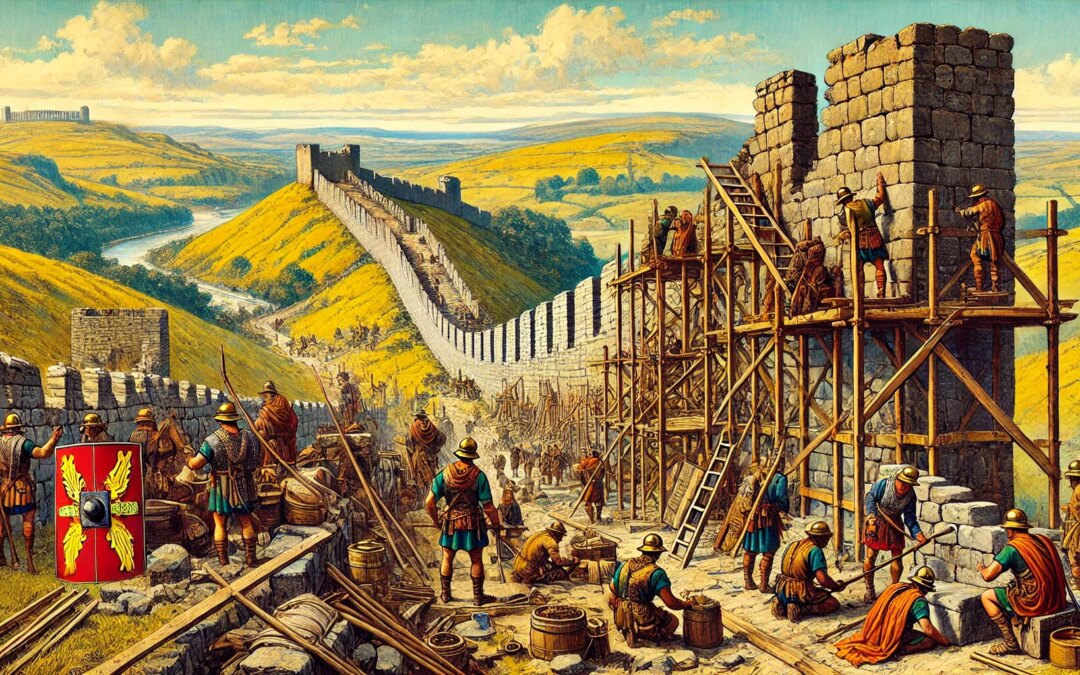
Built in 122 AD under Emperor Hadrian, Hadrian’s Wall secured Rome’s northernmost frontier in Britain, marking the empire’s limits.
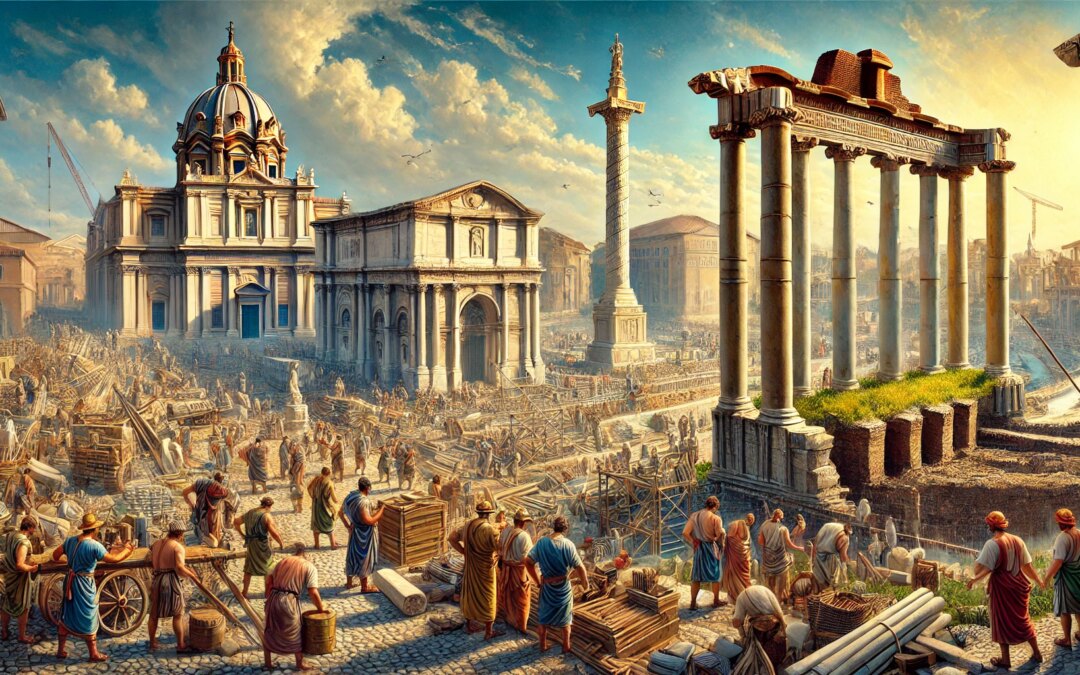
Built in 112 AD, Trajan’s Forum was the largest and most ambitious of Rome’s imperial forums, symbolizing the height of Roman engineering and power.
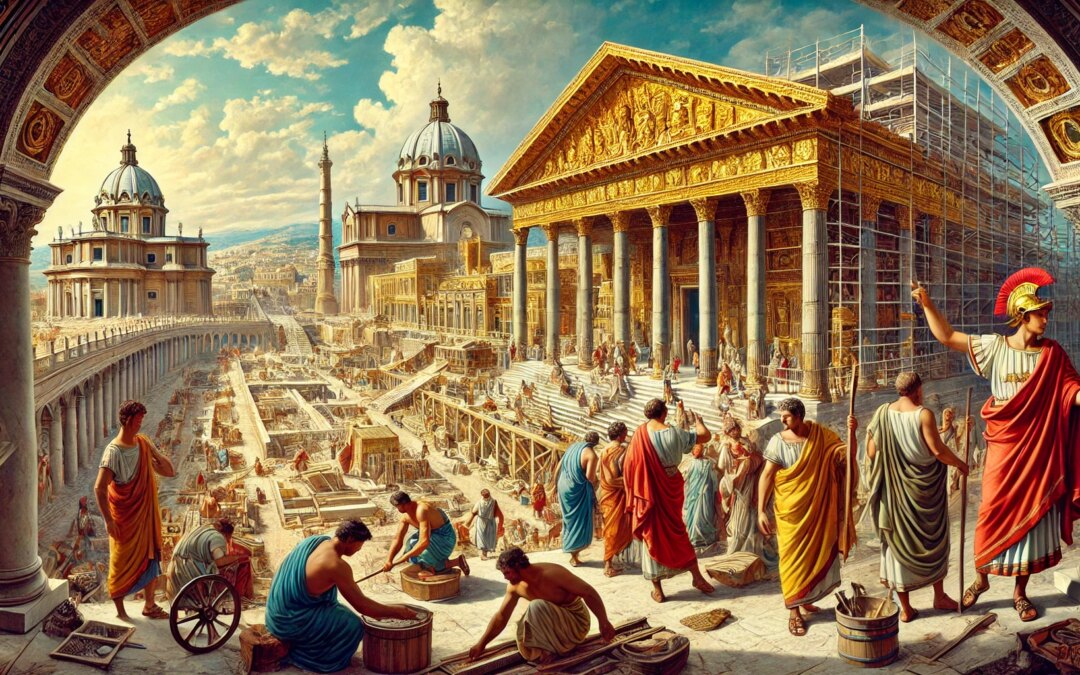
After the Great Fire of Rome in 64 AD, Emperor Nero built the Domus Aurea, a lavish palace that symbolized his reign and sparked outrage.
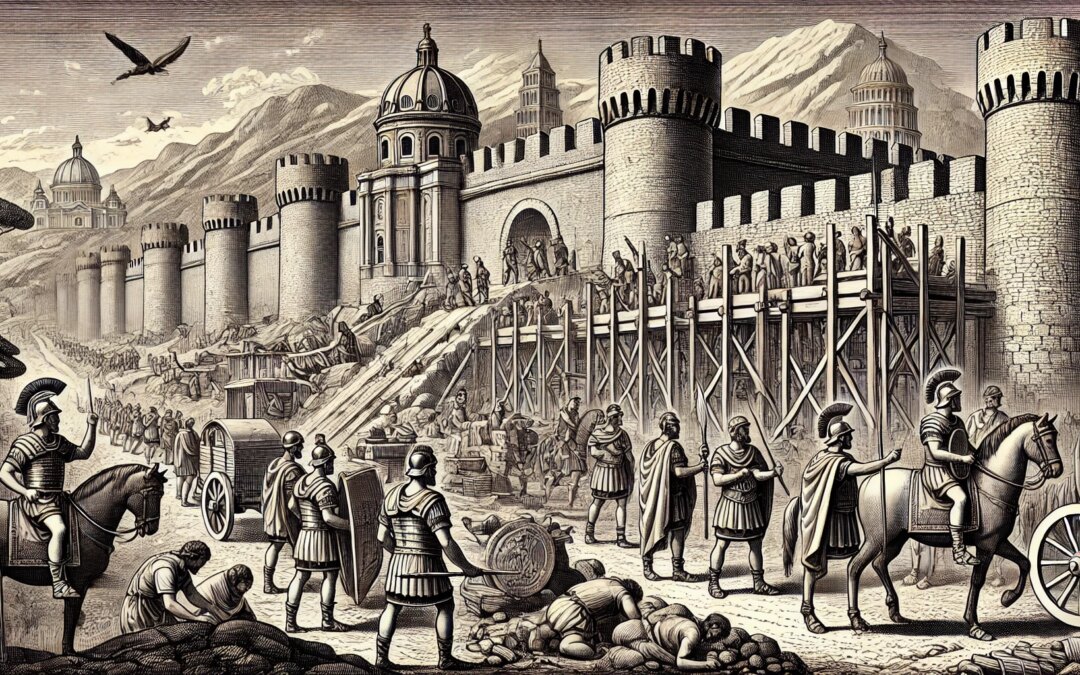
Discover how Emperor Aurelian fortified Rome with the Aurelian Walls, a last defense against external threats and a turning point in Roman military strategy.
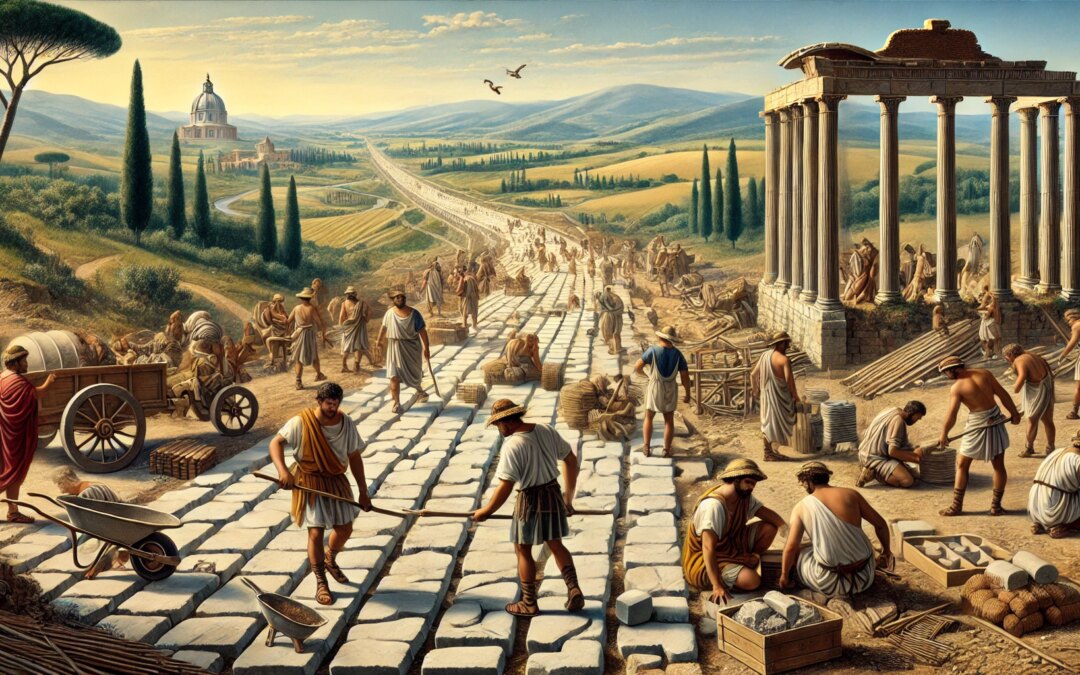
Discover how the Flaminian Way united Rome with its northern provinces, enabling trade, military movements, and cultural exchange.
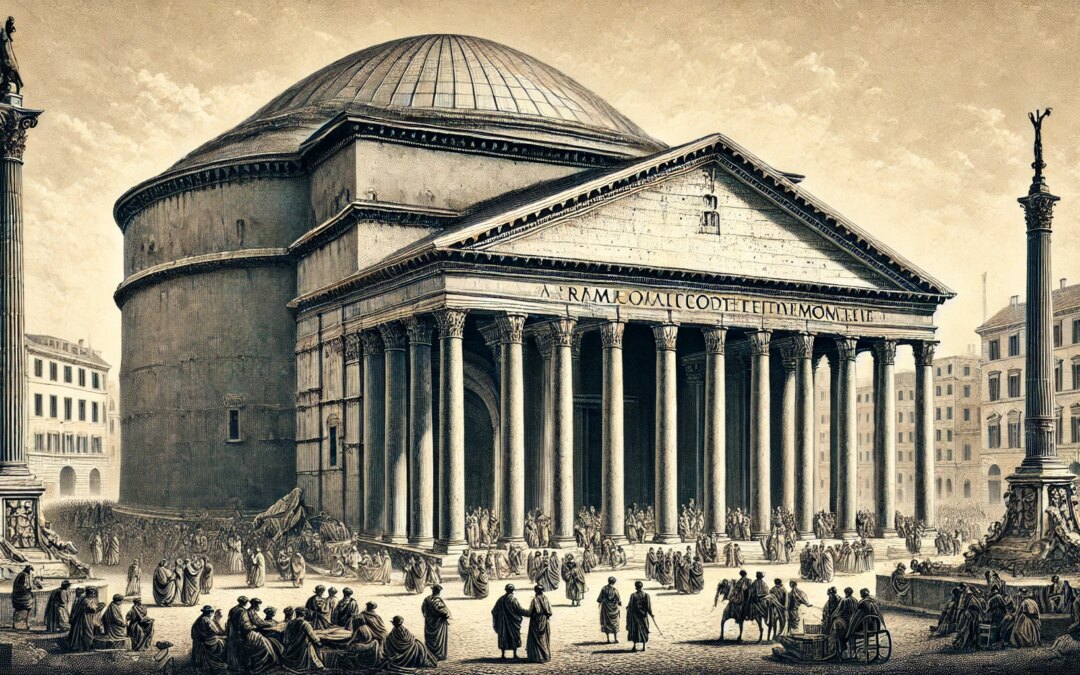
Discover the history and architectural marvel of the Pantheon, Rome’s best-preserved ancient temple dedicated to all gods.
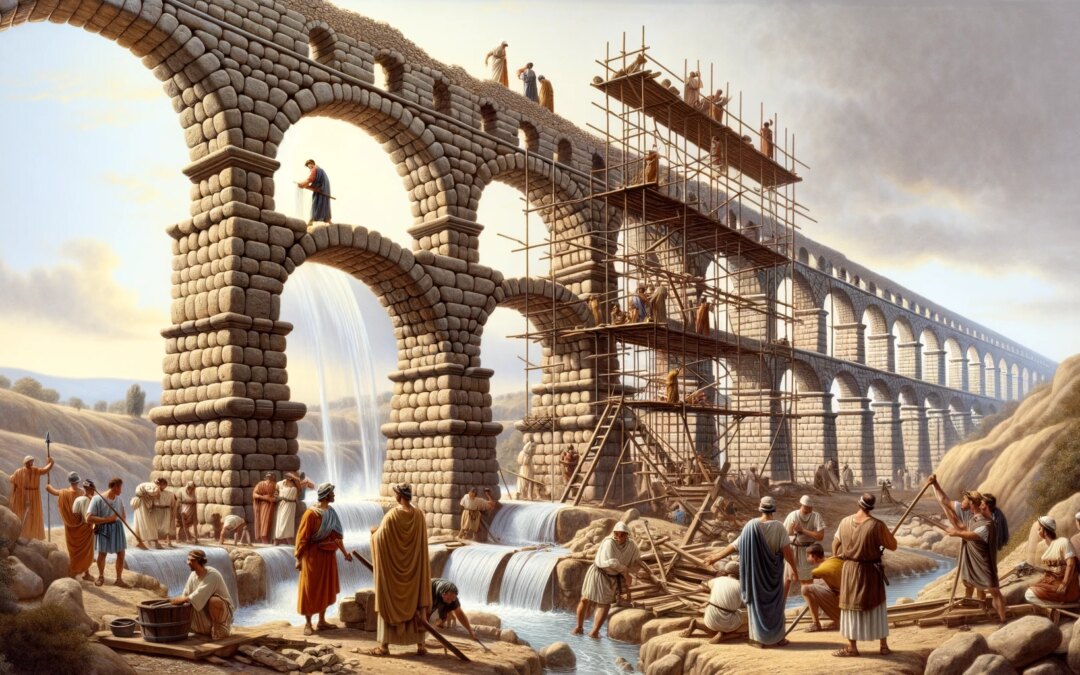
Discover how the Roman aqueducts revolutionized urban life by providing a steady water supply to cities across the empire.